Home>diy>Building & Construction>What Is Block Construction
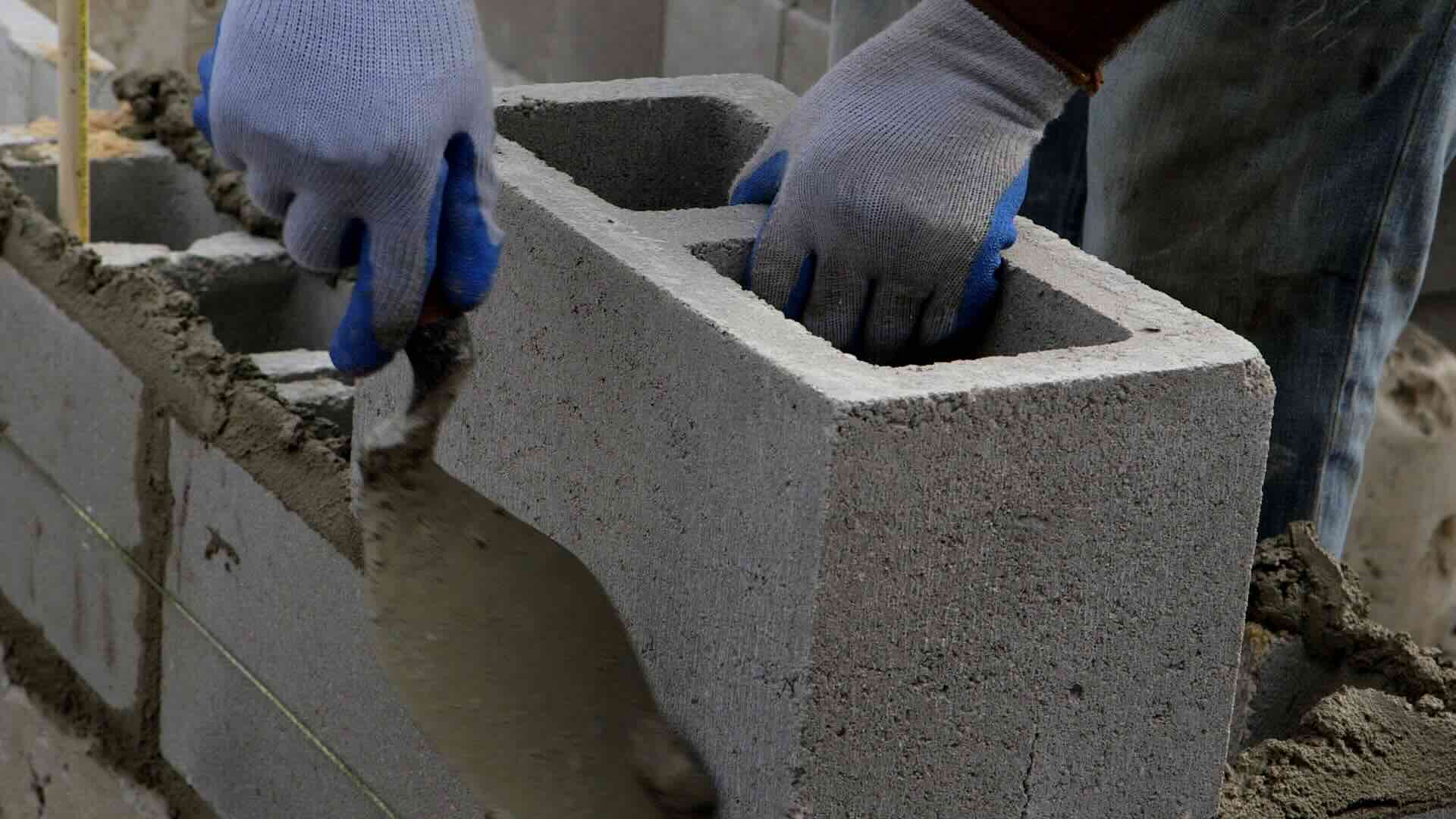

Building & Construction
What Is Block Construction
Modified: January 9, 2024
Discover the concept and benefits of block construction in building construction. Explore how this method provides strength, durability, and energy efficiency for your next project.
(Many of the links in this article redirect to a specific reviewed product. Your purchase of these products through affiliate links helps to generate commission for Storables.com, at no extra cost. Learn more)
Introduction
Block construction is a widely used method in the field of building construction. It involves the use of concrete, bricks, or other types of pre-made blocks to create structures such as walls, floors, and even entire buildings. This technique has been utilized for centuries due to its durability, versatility, and cost-effectiveness.
Block construction offers numerous advantages over traditional building methods, making it a preferred choice for both residential and commercial projects. It allows for faster construction times, superior insulation properties, and enhanced structural integrity. In this article, we will delve into the definition of block construction, its key elements, the benefits it offers, the challenges it presents, popular applications, and even showcase some successful case studies.
Whether you are a construction professional looking to expand your knowledge or a curious homeowner planning a renovation project, this article will provide you with valuable insights into the world of block construction.
Key Takeaways:
- Block construction, also known as masonry construction, offers durability, energy efficiency, and design flexibility. It’s a cost-effective and versatile method suitable for residential, commercial, and industrial projects, providing long-term structural integrity.
- Successful block construction projects like The Shard in London and Habitat 67 in Montreal showcase the effectiveness and creativity of this building method. It offers outstanding architectural design, structural stability, and energy efficiency, making it a preferred choice for builders and homeowners.
Read more: What Is Brick And Block Construction
Definition of Block Construction
Block construction, also known as masonry construction, is a method that involves assembling structures using pre-made blocks. These blocks are typically made of materials such as concrete, bricks, or stone, and they are designed to interlock or stack together to form walls, floors, or other structural elements.
The blocks used in block construction can vary in size, shape, and material composition, depending on the specific requirements of the project. Common types of blocks include concrete blocks, also known as cinder blocks, clay bricks, and hollow core blocks, among others. These blocks are manufactured in factories and delivered to the construction site ready for installation.
The process of block construction begins with the careful planning and layout of the structure. The blocks are then laid one by one, using mortar or a specialized adhesive, to create a solid and cohesive structure. Depending on the design and architectural requirements, the blocks may be arranged in various patterns, such as staggered, running bond, or herringbone.
Block construction offers a high degree of flexibility in terms of design and customization. The blocks can be easily cut or modified to fit specific dimensions and shapes, allowing for the creation of curved walls, arches, or complex architectural features.
Furthermore, block construction can be categorized into two main types: load-bearing and non-load-bearing. Load-bearing block construction refers to structures where the walls themselves provide structural support to the building. Non-load-bearing block construction, on the other hand, involves building walls that serve primarily as partitions or enclosures, with the structural support provided by other elements such as steel frameworks or columns.
Overall, block construction is a versatile and widely used technique that offers a range of benefits in terms of durability, strength, and design flexibility. It has become an integral part of the construction industry, used for projects of various scales and complexities.
Key Elements of Block Construction
Block construction relies on several key elements to ensure the successful completion of a project. Understanding these elements is essential for both professionals in the construction industry and individuals embarking on their own building projects.
1. Blocks: The foundational component of block construction is the blocks themselves. These can be made from various materials such as concrete, bricks, or stone. The choice of blocks will depend on factors such as structural requirements, budget, and desired aesthetics.
2. Mortar or Adhesive: Mortar or adhesive is used to bind the blocks together. It provides strength, stability, and weather resistance to the overall structure. The type of mortar or adhesive used may vary based on the type of blocks and the project specifications.
3. Reinforcement: In some cases, block construction may require reinforcement to enhance the strength and stability of the structure. This can include the use of steel reinforcement bars (rebar) or the incorporation of reinforced concrete columns or beams.
4. Foundation: A solid foundation is crucial for any construction project, including block construction. The foundation provides stability and prevents settling or shifting of the structure over time. Proper site preparation, including soil analysis, is essential to ensure a strong and stable foundation.
5. Waterproofing: To prevent water damage and moisture infiltration, proper waterproofing measures must be implemented. This can include the application of waterproof coatings or the installation of drainage systems to redirect water away from the structure.
6. Insulation: Block construction can offer excellent thermal insulation properties. However, additional insulation materials, such as foam panels or spray insulation, may be incorporated into the design to enhance energy efficiency and comfort.
7. Finishes: After the structure is built, finishing touches are added to complete the project. This includes applying exterior finishes such as paint, stucco, or cladding materials, as well as interior finishes like plaster or drywall.
Understanding these key elements of block construction will help ensure that projects are constructed safely, efficiently, and to the desired quality standards. Each element plays a vital role in the overall durability, functionality, and aesthetics of the finished structure.
Benefits of Block Construction
Block construction offers a wide range of benefits that have contributed to its popularity in the construction industry. Whether you’re a homeowner, developer, or contractor, understanding these advantages can help you make informed decisions when it comes to building projects. Here are some key benefits of block construction:
1. Durability: Blocks used in block construction are known for their durability and longevity. They can withstand extreme weather conditions, resist fire, and are less prone to damage from pests or rot. This durability ensures the long-term structural integrity of the building.
2. Strength and Stability: Block construction provides exceptional strength and stability to structures. The interlocking or stacking nature of the blocks, along with the use of mortar or adhesive, creates a solid and rigid structure that can withstand heavy loads and pressures.
3. Energy Efficiency: Block construction offers excellent thermal insulation properties. The density and composition of the blocks help regulate indoor temperature, reducing the need for excessive heating or cooling. This, in turn, leads to energy savings and lower utility bills.
4. Sound Insulation: Block construction also provides superior sound insulation compared to other construction methods. The density of the blocks helps to minimize noise transmission, enhancing privacy and creating a quieter indoor environment.
5. Speed of Construction: Block construction is often faster than other traditional construction methods. The use of pre-made blocks eliminates the need for extensive on-site fabrication, reducing construction time significantly. This can result in cost savings and faster project completion.
6. Design Flexibility: Block construction allows for design flexibility and customization. Blocks can be easily cut or modified to fit specific dimensions, enabling architects and builders to create unique and intricate designs. This versatility opens up possibilities for creative architectural features.
7. Cost-effectiveness: Block construction is generally more cost-effective than other building methods. The use of pre-made blocks reduces labor costs, and the durability and low maintenance requirements of block structures result in long-term cost savings.
8. Sustainability: Blocks used in block construction can be made from locally available materials, reducing transportation emissions. Additionally, the longevity and energy efficiency of block buildings contribute to sustainability by reducing the need for frequent repairs or excessive energy consumption.
These benefits highlight why block construction is a preferred choice for various projects, ranging from residential homes to commercial buildings. The combination of durability, strength, energy efficiency, and cost-effectiveness makes block construction an attractive option for builders and property owners alike.
When engaging in block construction, ensure that the foundation is level and properly compacted to provide a stable base for the blocks. This will help prevent shifting and settling over time.
Challenges of Block Construction
While block construction offers numerous benefits, it is important to be aware of the challenges that may arise during the building process. By understanding these challenges, builders and homeowners can be better prepared to address them effectively. Here are some common challenges of block construction:
1. Moisture and Waterproofing: Blocks can be susceptible to water absorption, which can lead to moisture-related issues such as mold and decay. Proper waterproofing measures must be implemented during construction to mitigate these risks. This includes sealing joints, applying water-resistant coatings, and ensuring proper drainage around the structure.
2. Skilled Labor Requirement: Block construction requires skilled laborers who possess knowledge and expertise in working with blocks. Ensuring the availability of skilled masons can be a challenge, especially in areas with a shortage of trained professionals. This can lead to delays and increased labor costs.
3. Structural Planning: Proper structural planning is crucial for block construction projects to ensure that the resulting structure is safe and stable. Calculating load-bearing capacities, accounting for differential settlement, and designing proper reinforcing measures can be complex and require the expertise of structural engineers.
4. Thermal Performance: While block construction offers inherent thermal insulation, proper detailing and insulation materials are essential to maximize energy efficiency. Inadequate insulation can result in thermal bridging, leading to increased energy consumption and reduced comfort levels in the building.
5. Limited Design Flexibility: Despite the versatility of block construction, there may be limitations on achieving certain architectural designs or features. Blocks have specific sizes and shapes, and complex shapes or curves may require additional expertise and material manipulation, potentially increasing costs.
6. Cost of Materials: The cost of blocks and associated materials can vary depending on the type and quality selected. Specialized blocks, such as those with high thermal insulation or acoustic properties, may come at a higher cost. Proper budgeting and material sourcing are crucial to ensure affordability without compromising on quality.
7. Sound Transmission: While block construction offers good sound insulation, it may not eliminate all sources of noise transmission. Additional measures, such as sound-deadening materials or strategic design considerations, may be required in situations where high soundproofing is a priority.
By addressing these challenges proactively, builders and homeowners can ensure the successful completion of block construction projects. Engaging experienced professionals, conducting proper planning, and incorporating appropriate measures can help overcome these challenges and maximize the benefits of block construction.
Read more: What Is Foam Block Construction
Popular Applications of Block Construction
Block construction is widely used in various applications due to its versatility and durability. Its suitability for both residential and commercial projects makes it an attractive choice for builders and homeowners. Here are some popular applications of block construction:
1. Residential Construction: Block construction is commonly used in the construction of residential homes. From single-family houses to multi-story apartment buildings, the durability and energy efficiency of block structures make them ideal for long-term residential use. Blocks can be used to build exterior walls, interior partitions, and even basement walls.
2. Commercial Buildings: Block construction is also prevalent in the construction of commercial buildings such as offices, retail spaces, and warehouses. The strength and fire-resistant properties of block structures make them suitable for buildings that require a high level of safety and security.
3. Industrial Facilities: Block construction is often used for industrial facilities, including manufacturing plants, storage facilities, and distribution centers. The ability of block structures to withstand heavy loads and provide insulation against noise and temperature fluctuations makes them well-suited for these applications.
4. Educational Institutions: Block construction is commonly employed in schools, colleges, and universities. The durability and sound insulation properties of block structures create a conducive learning environment for students. Additionally, block construction allows for the incorporation of specific design requirements, such as auditoriums, laboratories, and sports facilities.
5. Healthcare Facilities: Hospitals, clinics, and other healthcare facilities often utilize block construction due to the need for a sterile and secure environment. The fire-resistant and sound-insulating properties of block structures contribute to patient well-being and privacy.
6. Recreational and Sports Facilities: Block construction is commonly seen in recreational buildings such as gyms, sports stadiums, and leisure centers. The strength and durability of block structures provide a safe and robust environment for various sporting activities.
7. Façade Restoration: Block construction is often used in the restoration of historic buildings or the façade renovation of existing structures. The ability to replicate the original masonry work while incorporating modern construction techniques makes block construction a preferred choice for maintaining the aesthetic integrity of heritage buildings.
These are just some of the popular applications of block construction. The versatility and adaptability of block structures make them suitable for a wide range of building types and purposes. Whether it’s for residential, commercial, industrial, or institutional use, block construction offers a reliable and efficient solution.
Case Studies of Successful Block Construction Projects
Several notable construction projects have successfully utilized block construction techniques, showcasing the effectiveness and versatility of this building method. Here are two case studies highlighting successful block construction projects:
Case Study 1: The Shard, London, UK
The Shard is an iconic skyscraper located in London, UK. Standing at a height of 1,016 feet (309.6 meters), it is Western Europe’s tallest building. The construction of The Shard utilized a block construction method known as curtain walling. Concrete blocks were used to create the exterior façade of the building, allowing for a striking and visually appealing design.
The use of block construction in The Shard provided several advantages. The blocks offered excellent thermal and sound insulation, creating energy-efficient and comfortable interior spaces. Additionally, the structural strength and durability of the block construction ensured the stability and longevity of the tall building.
Case Study 2: Habitat 67, Montreal, Canada
Habitat 67, located in Montreal, Canada, is a unique residential complex designed by renowned architect Moshe Safdie. The construction of this innovative complex involved the use of precast concrete blocks. The blocks were stacked and interconnected to create a unique modular housing system.
The block construction technique used in Habitat 67 allowed for the efficient assembly of individual housing units. The precast blocks provided a strong and durable structure, while also offering flexibility in the layout and customization of each unit. The result is a visually striking building complex that revolutionized the concept of urban housing.
These case studies demonstrate the successful implementation of block construction in high-profile projects. The use of blocks in these buildings allowed for outstanding architectural design, structural stability, energy efficiency, and customization. These examples highlight the potential of block construction to create visually stunning and functional structures.
By considering the success and lessons learned from these case studies, architects, builders, and homeowners can gain valuable insights into the possibilities and benefits of using block construction techniques in their own projects.
Conclusion
Block construction is a versatile and widely used method in building construction. Whether it is for residential, commercial, or industrial projects, the use of blocks offers numerous benefits that contribute to the overall success of a construction endeavor.
Throughout this article, we have explored the definition of block construction and its key elements. We have delved into the benefits it offers, such as durability, strength, energy efficiency, and design flexibility. We have also discussed the challenges that may arise during block construction, including moisture management, skilled labor requirements, and thermal performance considerations.
Additionally, we have highlighted the popular applications of block construction, including residential buildings, commercial structures, educational institutions, and more. By showcasing case studies of successful block construction projects, such as The Shard in London and Habitat 67 in Montreal, we have illustrated the effectiveness and creativity that can be achieved through this building method.
In conclusion, block construction is a tried and tested technique that has stood the test of time. It offers a balance between durability, affordability, aesthetics, and sustainability. The ability to construct strong and stable structures with thermal and sound insulation properties has made block construction a preferred choice for builders and homeowners around the world.
Whether you are embarking on a home renovation project, constructing a commercial building, or exploring innovative architectural designs, block construction provides a reliable and efficient solution. By utilizing the key elements and understanding the challenges, you can successfully navigate the construction process and achieve the desired outcome.
As the construction industry continues to evolve, block construction will remain at the forefront, offering a solid foundation for innovative and sustainable building practices. Embrace the possibilities of block construction and unlock the potential for remarkable structures that stand the test of time.
Frequently Asked Questions about What Is Block Construction
Was this page helpful?
At Storables.com, we guarantee accurate and reliable information. Our content, validated by Expert Board Contributors, is crafted following stringent Editorial Policies. We're committed to providing you with well-researched, expert-backed insights for all your informational needs.

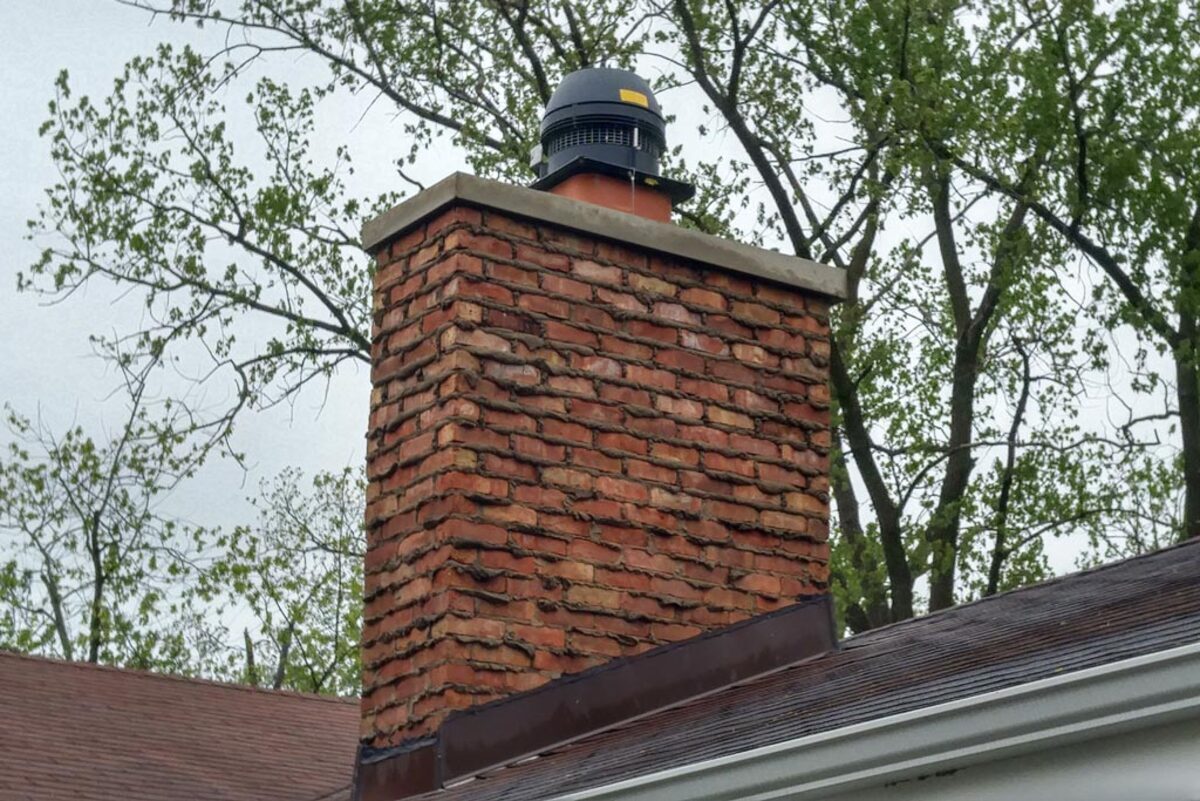
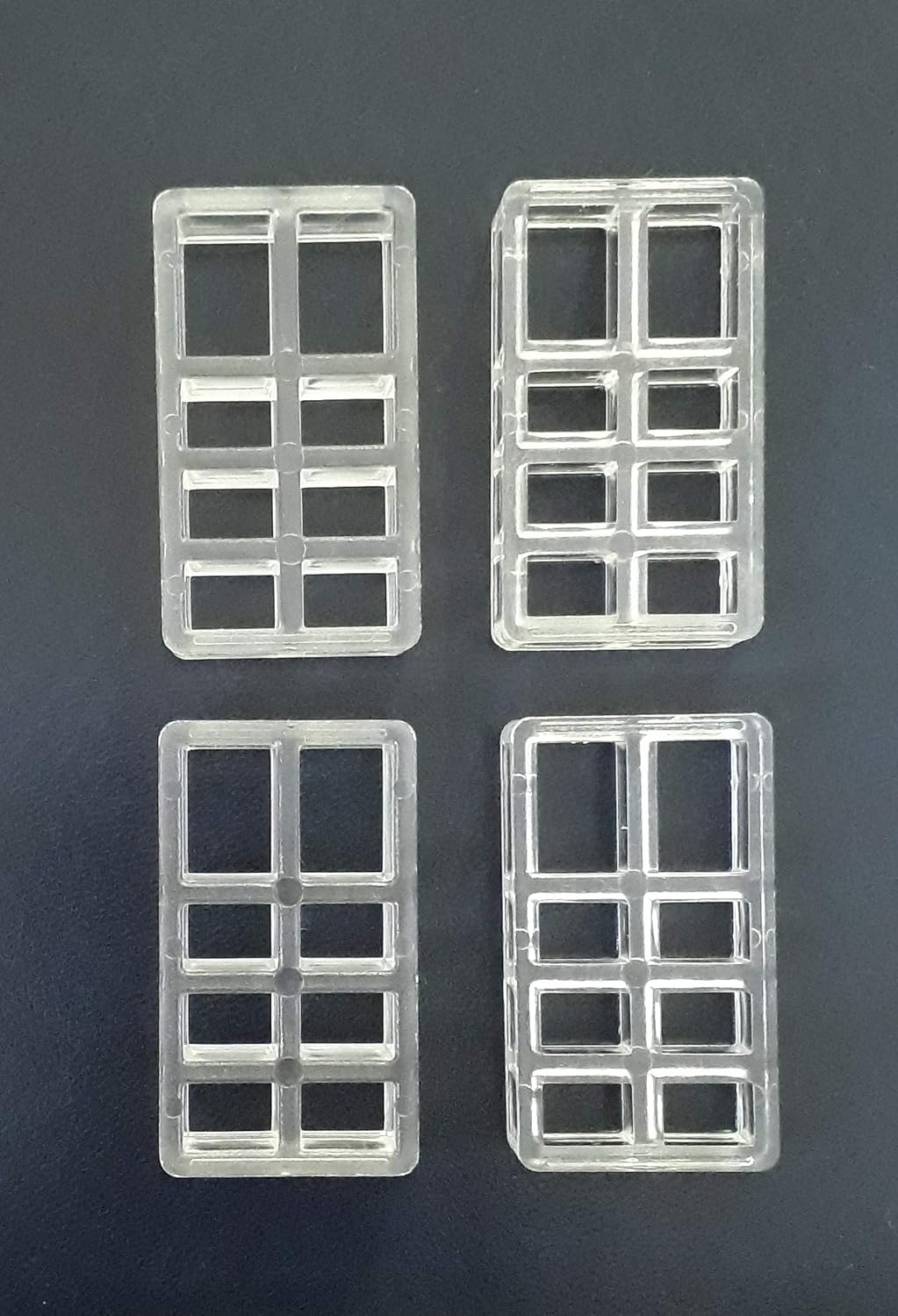
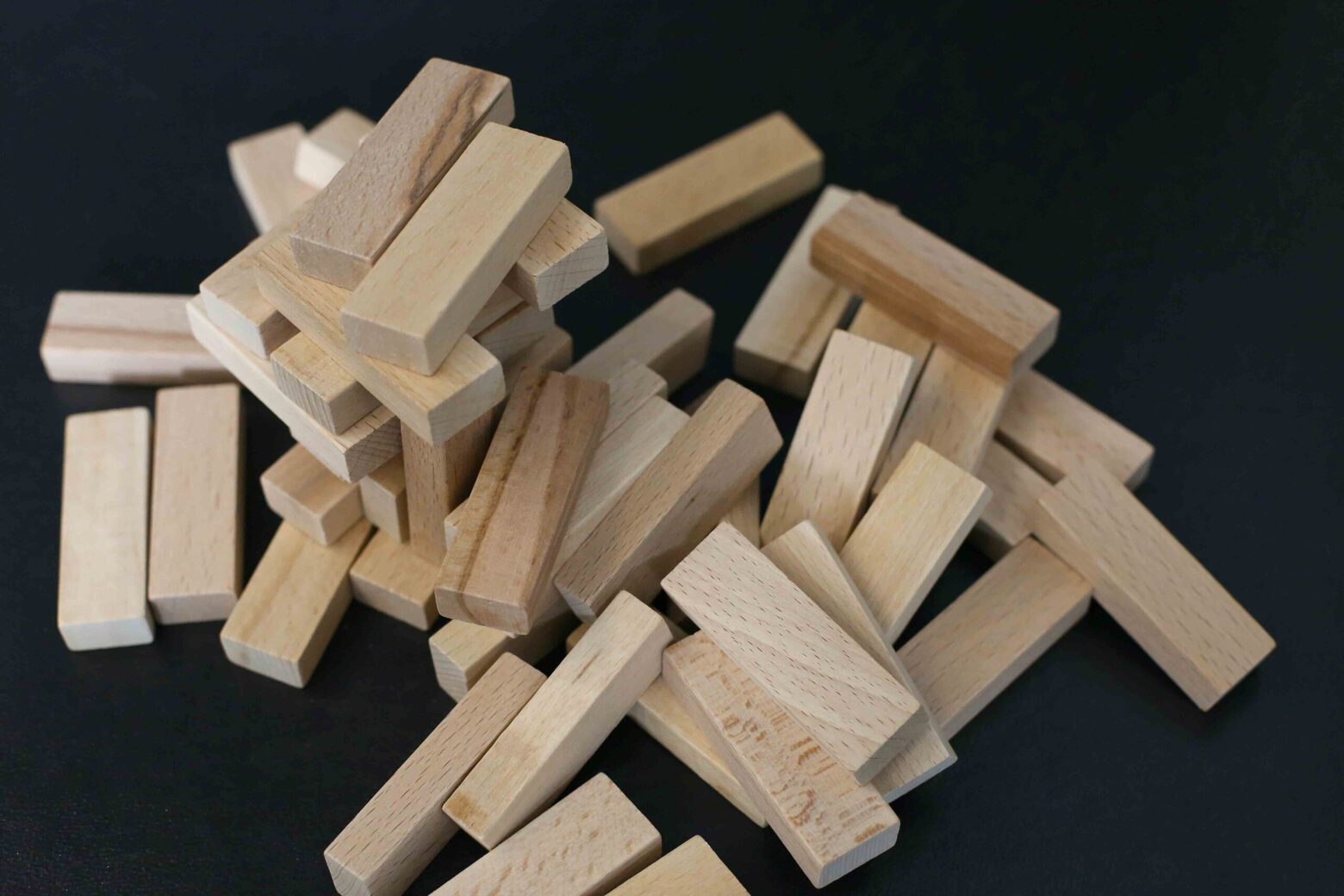


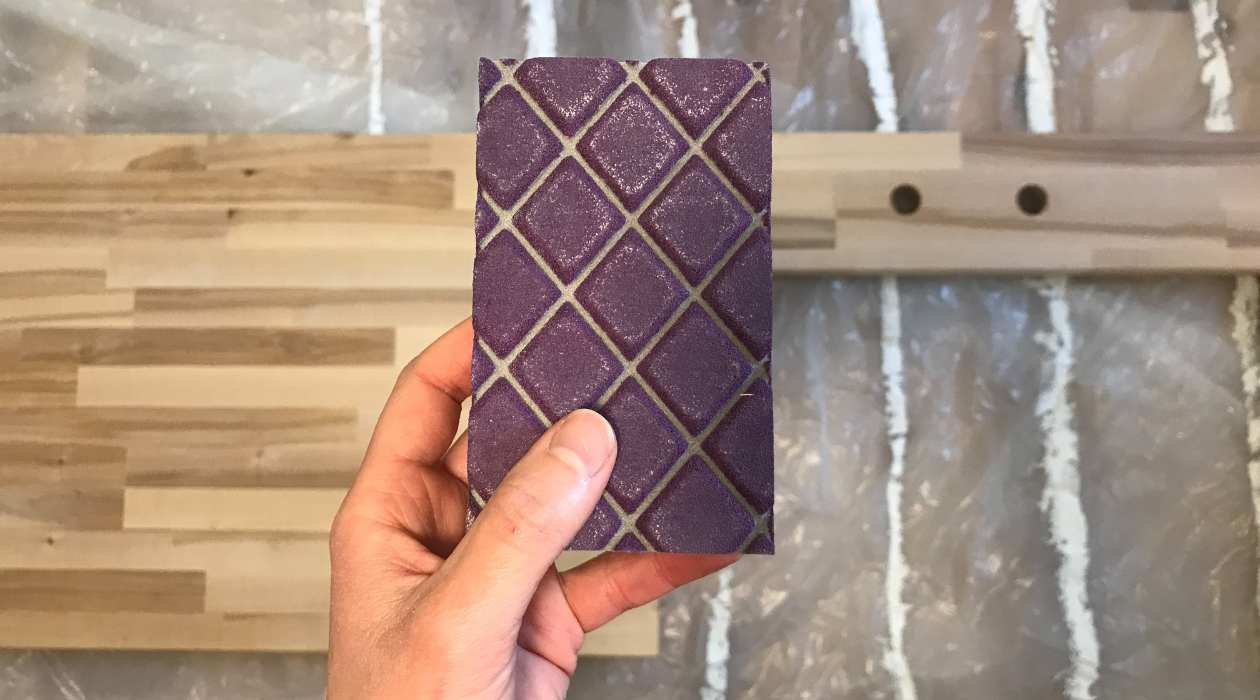




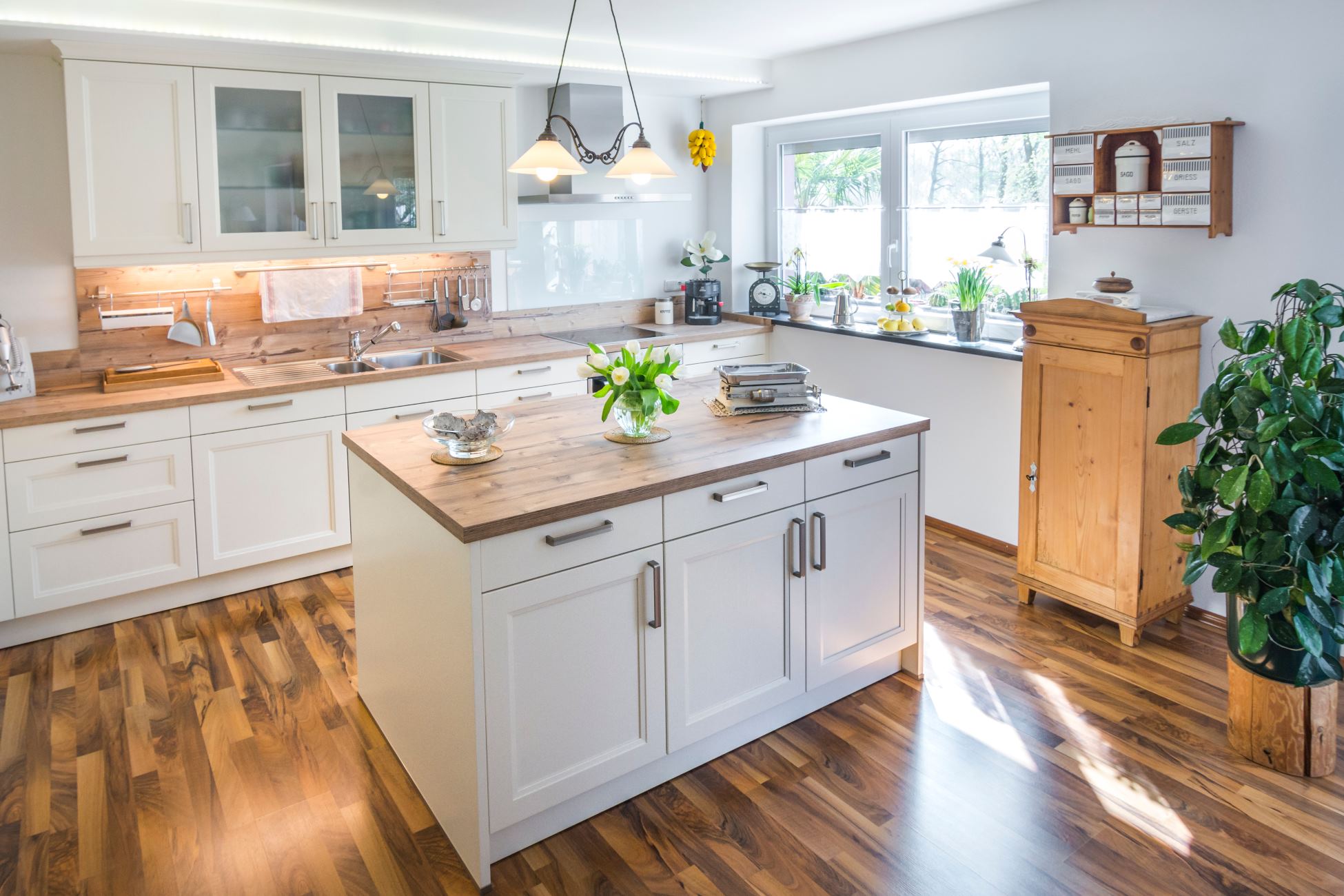
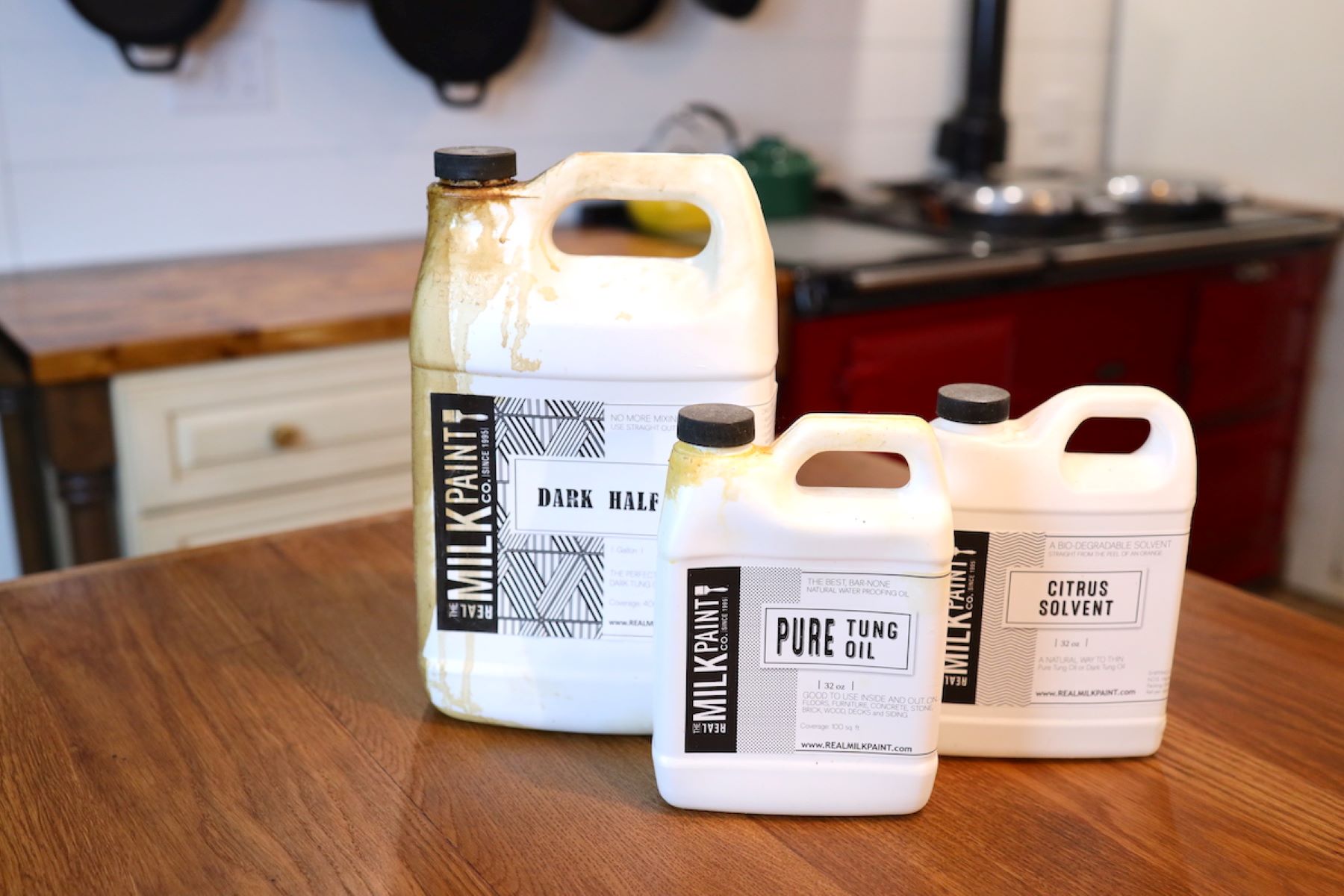


0 thoughts on “What Is Block Construction”